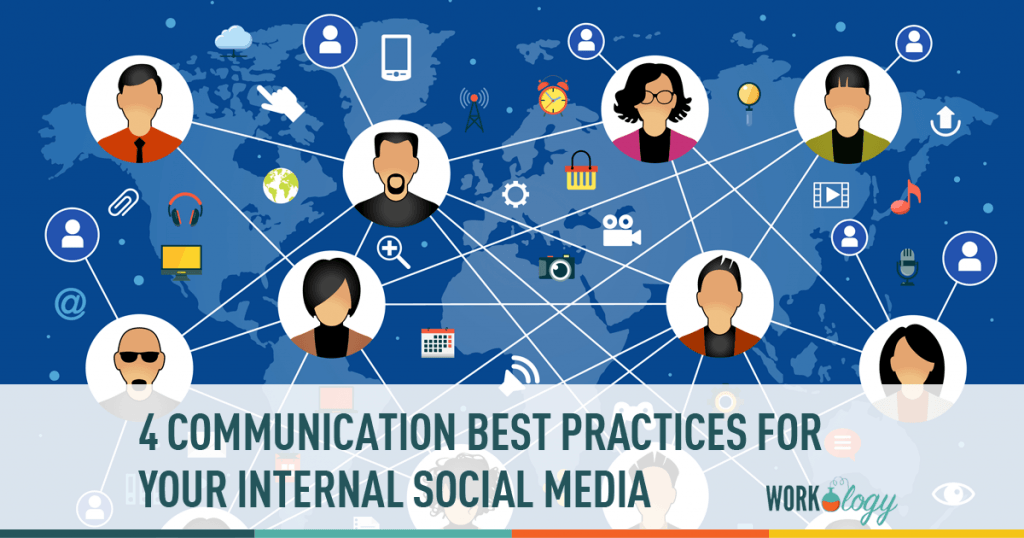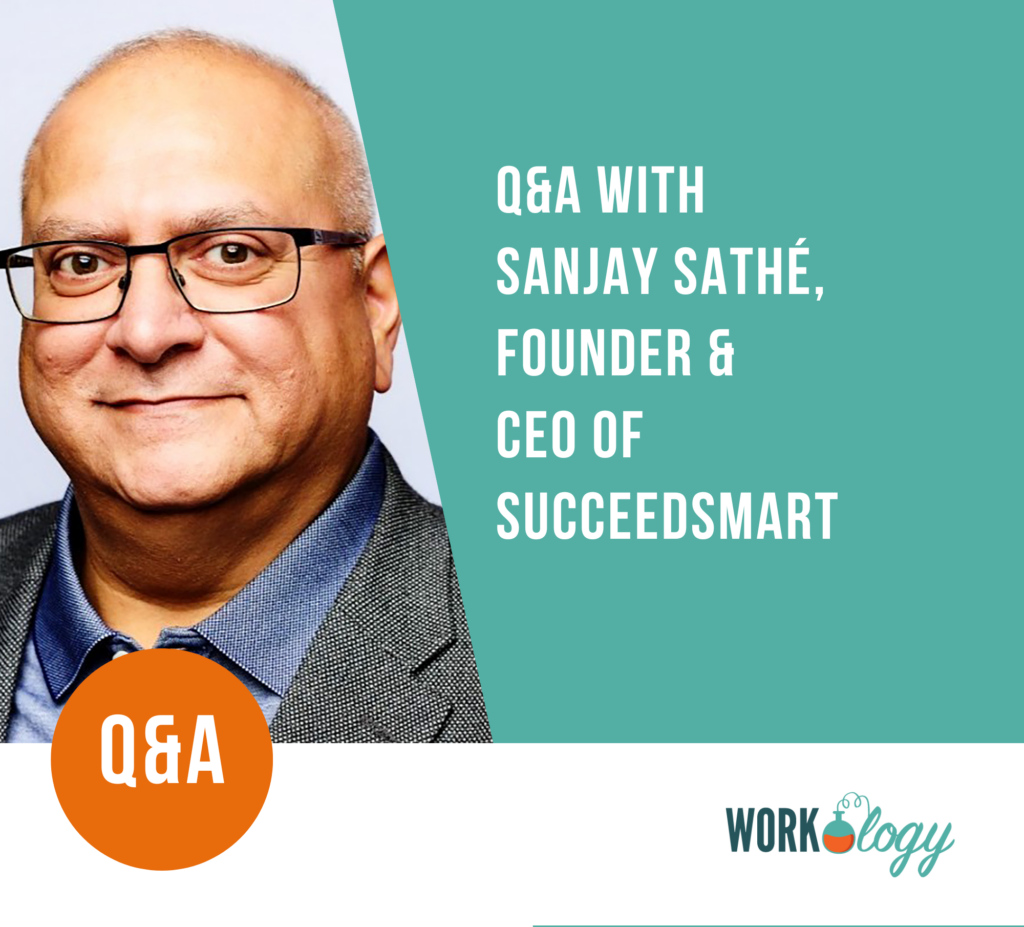This is part 2 of our 3 part series on Internal Social Media. Click here for Part 3. Click here for Part 1.
While wonderful, engaging and easy to use, ISM’s present a great deal of challenges for organizations to build, implement and maintain. Building a culture of engagement in real life or via a technology takes time. Social media whether internally or externally facing requires an ongoing commitment which is a challenge for those who aren’t digitally savvy.
All Social Media Requires a Commitment by the User
Unfortunately, these un-savvy digital employees are often your senior executives and managers who are supposed to be leading the charge. They often won’t make the investment. Think about your CEO. He/she probably has 2 administrative assistants and very rarely reads their own actual email unless they are carrying around a Blackberry.
I don’t mean to pick on executives — because I know that social media is time consuming. The constant stream of updates leaves even the most savvy user overwhelmed, not to mention the technology and feature enhancements that require you to be flexible and patient. If your executive team isn’t going to use your ISM, then why should your employee population? Social media is supposed to provide users with real time conversation and access to everyone from human resources to every member of your executive team — and that’s a lot.
Four Keys to Implementing & Maintaining an Internal Social Network
The four keys to implementing and maintaining a successful internal social network
- Commitment to Your ISM. Like any system, process or program you need to have a commitment to you from all employees from every level.
- Listen to Employees. The purpose of an ISM is to provide employees a place to have conversations and to collaborate not insert yourself into every conversation. Listening provides leaders real time insights into what matters for their employee population. Think of it as a kind of real time survey.
- Share Your Stories. While leaders are encouraging employee stories, they should also be sharing personal and professional stories of their own. We want employees to feel more comfortable to be themselves and that starts with executives leading by example.
- Engage with Employees. Much of what makes social media valuable is the engagement and new relationships it provides. Companies like Lowe’s used their ISM to allow for collaboration among specialists with their paint department leading to the sharing of best practices and increased margins because employees were able to talk to each other in real time. Leaders need to engage but also know when they should let team members collaborate directly.
Most importantly, business leaders need to remember that an ISM wasn’t built for them but for the greater employee community. The technology and its features are designed for use by your employee population, not your executive team.
Convincing, coaching and getting your leaders to buy into your ISM is not easy. I liken an internal social media platform to the in person visits I was a part of when working for large retailers like Target, Home Depot and OfficeMax. The corporate jet would fly in to my retail store and all 150 of my employees eagerly awaited an opportunity to walk with, meet and shake the hand of our CEO or Regional VP. While social media won’t replace all in person interaction, it allows for more touch points and engagement and more chances for employees to interface with their business leaders and feel like valued members of the team.
In order for your senior leaders to ensure the success of any business just as with an ISM, they need to realize it’s not about them. The technology, the software, the benefit or the engagement is built for your employee population and ont your executive team.
This is part 2 of our 3 part series on Internal Social Media. Click here for Part 3. Click here for Part 1.









